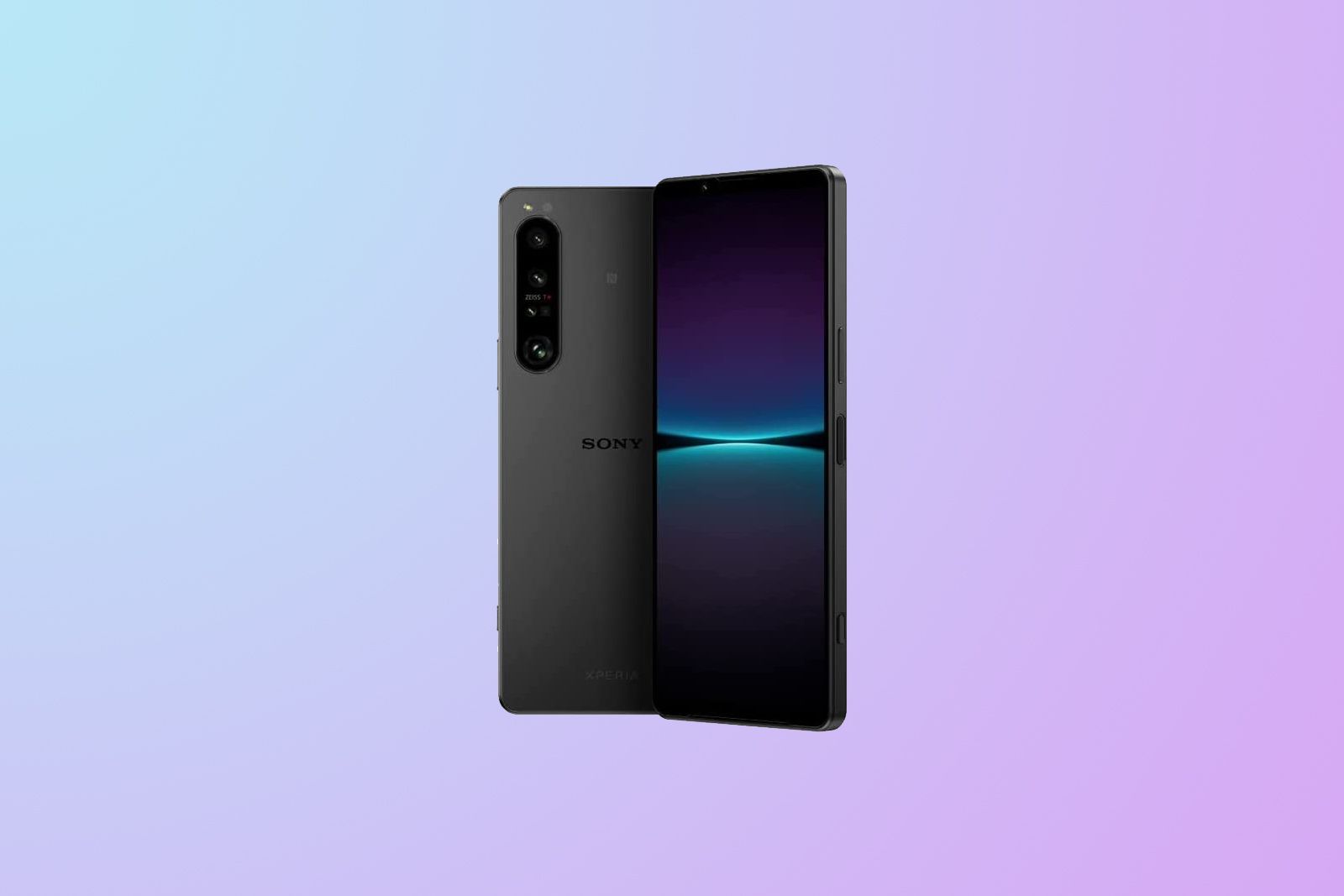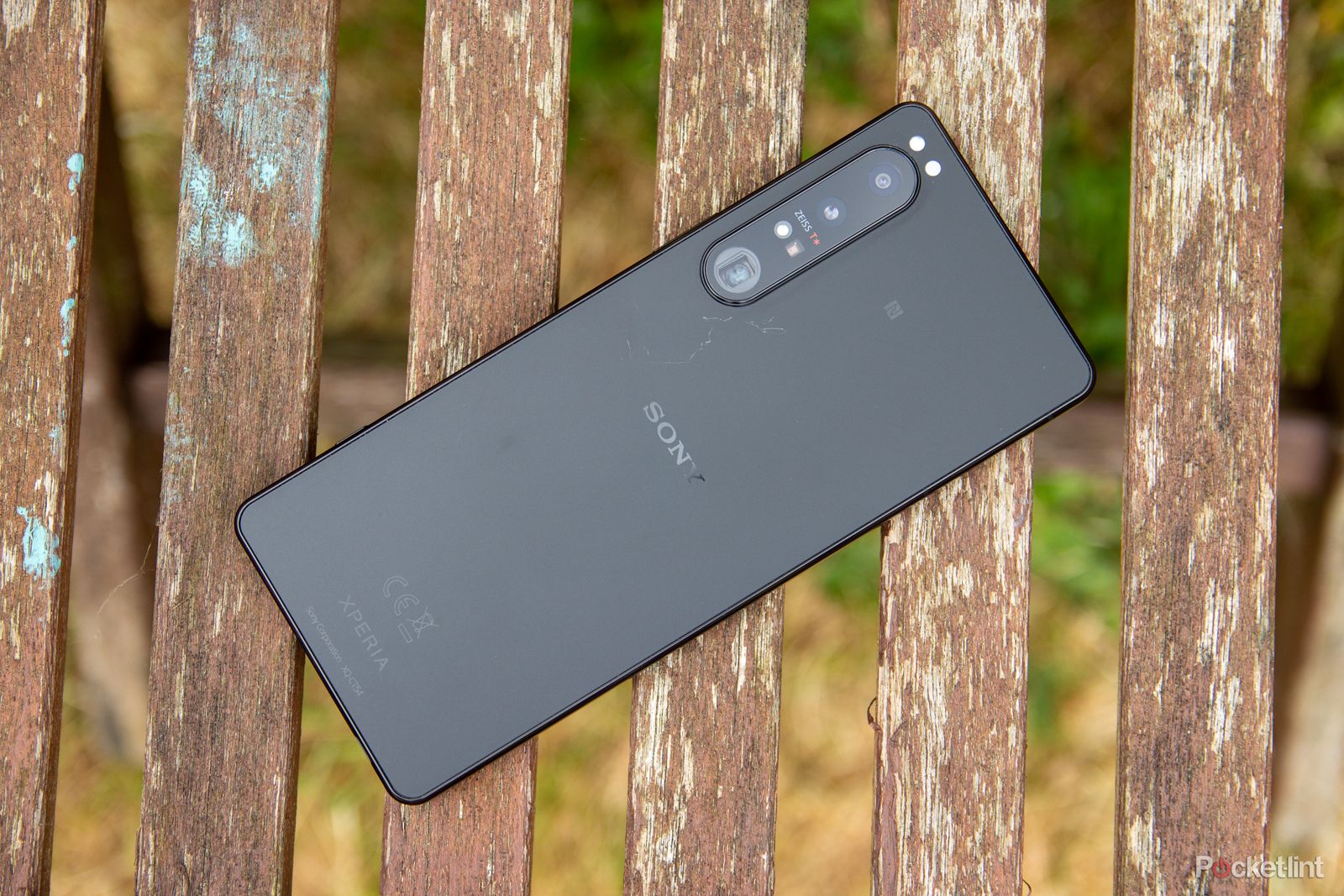One of the things that Sony is known for is having waterproofing on its phones. Sony Mobile was one of the first to offer such protection and that's long since continued, with waterproofing on a range of devices. But one question comes up time and time again, because of one of the quirks that Sony uses on its spec sheet. The company will list IP65 and IP68 together, leading a lot of people to ask which it is and why Sony confuses people like this.
Why list both IP65 and IP68?
The answer, according to Sony, is simple, but you need to understand what these ratings actually mean and how they are tested. We've got a full guide to the IP rating system right here, but we'll stick to the specifics for Sony Xperia devices.
The simple answer is that the tests for the IP65 and the IP68 standards are different. These standards are designed to test the ingress protection against solids and liquids in different scenarios - and because there are different number pairings, there are different conditions met. In this situation, Sony is saying that the device is dustproof (that's the 6) but it offers protection against water jets from any direction (that's the 5) and protection against continuous immersion in water (that's the 8).
What Sony is actually saying is that Xperia devices meet both those standards. Other manufacturers - Apple for example - only list IP68. This would mean it's dustproof, but in this situation, Apple is only saying it meets the submersion standard and you cannot assume that it is protected against water jets.
So while it might seem that Sony isn't sure what it's saying, it's actually providing more information, which should give you great peace of mind about its devices.

Sony Xperia 1 IV
The Sony Xperia 1 IV offers a great 4K display, and a camera which enhanced manual controls. It's all packed into a premium device that's slim and powerful.
Why does an IP rating matter?
One of the common problems with smartphones is water damage. That might be from exposure to the weather - being in a pocket that fills with water - or because it gets dropped into the bath or toilet (yes, it's surprisingly common) and the IP system provides a standard against which protection can be measured. With the IP rating system, there would be no comparable way to verify how waterproof something is. Ultimately, it's about providing peace of mind for consumers, so they know that using a phone in particular conditions isn't going to have a negative impact on it.
The dust ingress protection is equally important. You need to know that if you take your phone to the beach you're not going to end up with that fine sand getting under the display or anything else - and ideally, if you were to get it sandy, that you could rinse it off under the tap.

